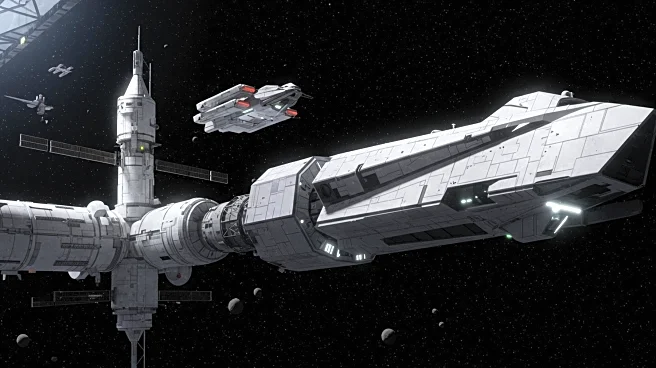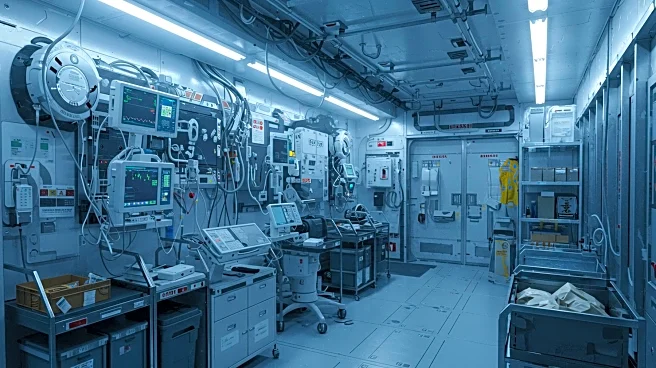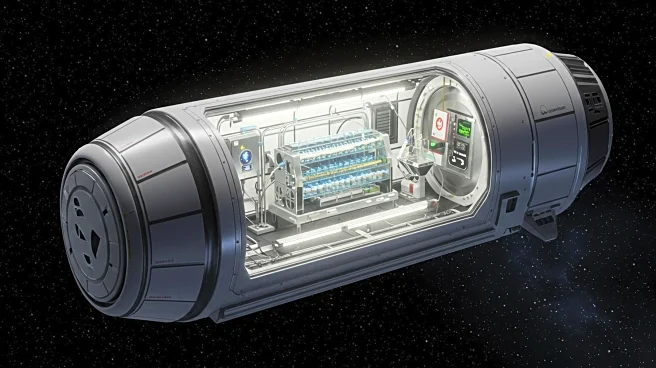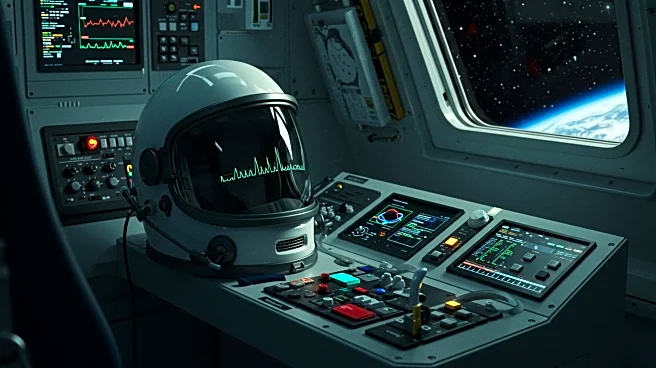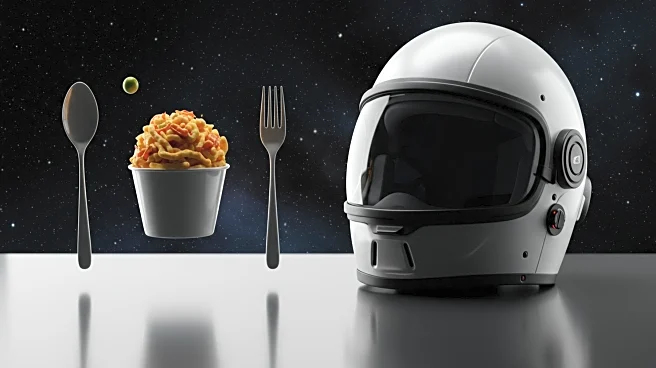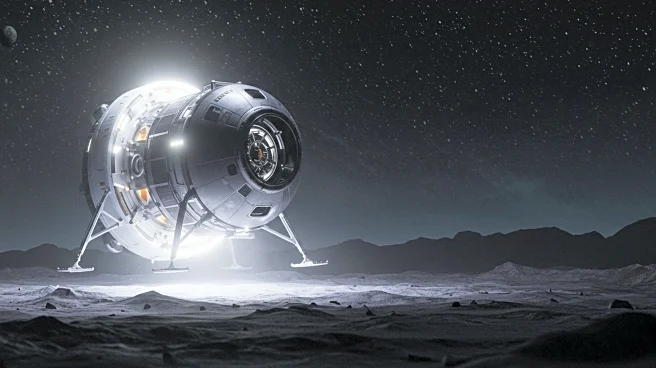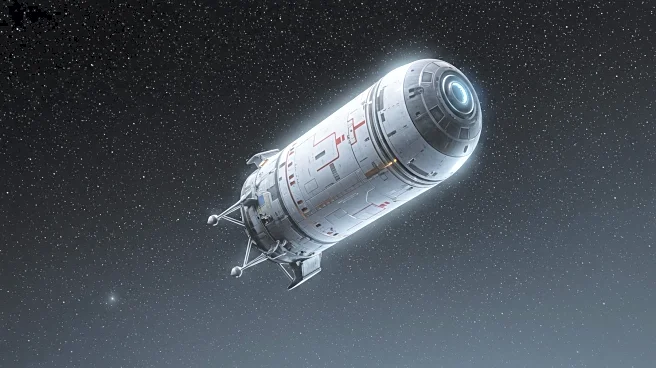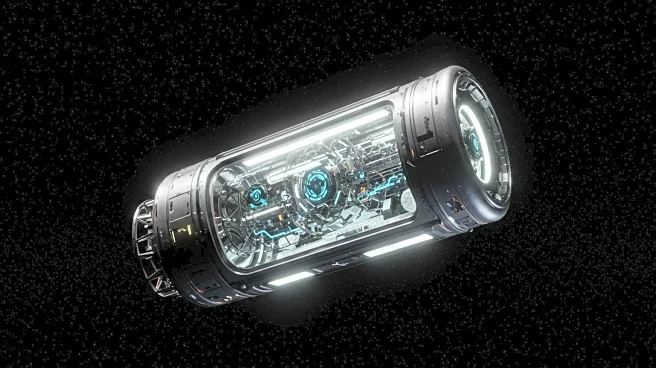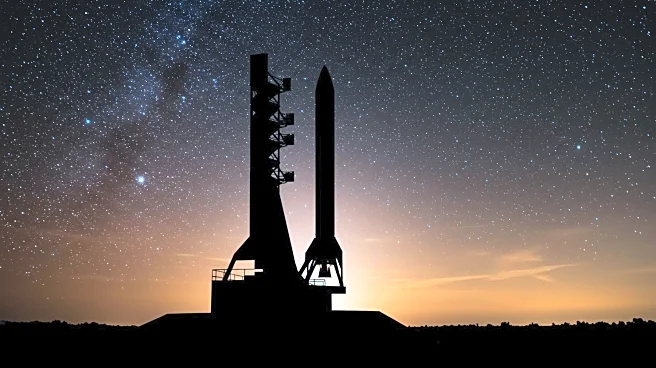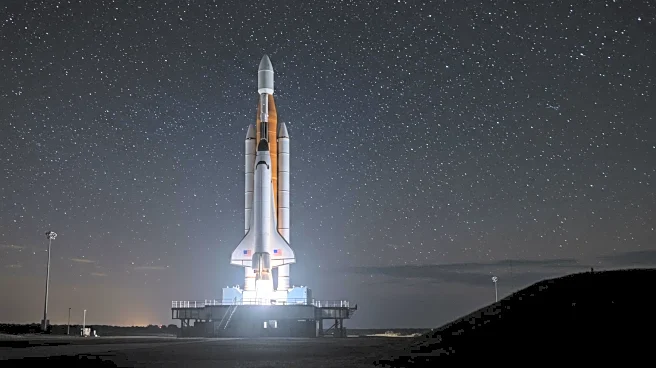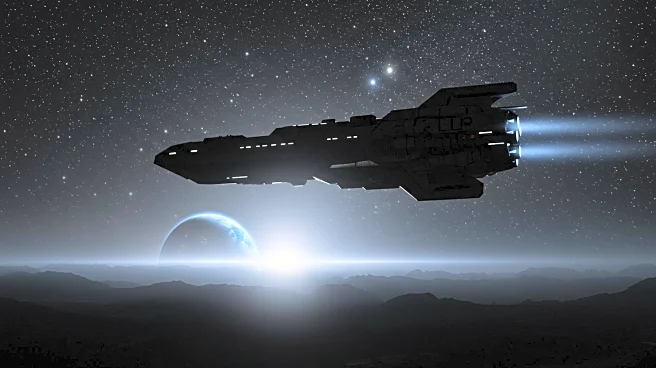What's Happening?
NASA and SpaceX are gearing up for the 33rd commercial resupply mission to the International Space Station (ISS), scheduled for launch at 2:45 a.m. EDT on Sunday, August 24. The mission will see a SpaceX Dragon spacecraft, loaded with over 5,000 pounds of supplies, scientific investigations, and equipment, launched aboard a Falcon 9 rocket from Cape Canaveral Space Force Station in Florida. The Dragon is expected to dock autonomously at the ISS's Harmony module by 7:30 a.m. on Monday, August 25. Among the scientific payloads are bone-forming stem cells for studying bone loss prevention, materials for 3D printing medical implants, bioprinted liver tissue for microgravity blood vessel development studies, and supplies for 3D printing metal cubes in space. Additionally, the mission will demonstrate a reboost capability to maintain the ISS's altitude using a new propellant system.
Why It's Important?
This mission is crucial for advancing scientific research and technology development in space, which has direct implications for future space exploration, including NASA's Artemis missions to the Moon and potential astronaut missions to Mars. The experiments conducted aboard the ISS can lead to breakthroughs in medical treatments, such as nerve damage repair and bone loss prevention, benefiting humanity on Earth. The reboost demonstration is significant for sustaining the ISS's operational altitude, ensuring the longevity and stability of the orbital laboratory. This mission underscores the ongoing collaboration between NASA and SpaceX, highlighting the importance of commercial partnerships in expanding the capabilities of space exploration.
What's Next?
Following the successful docking, the Dragon spacecraft will remain at the ISS until December, when it will return to Earth with research and cargo, splashing down in the Pacific Ocean off the coast of California. The reboost demonstration will continue with a series of burns planned throughout the fall of 2025, starting in September. NASA will provide extensive coverage of the mission through various platforms, including NASA+, Netflix, and Amazon Prime, allowing the public to engage with the mission virtually. The scientific community and space enthusiasts will be closely monitoring the outcomes of the experiments and the reboost demonstration.
